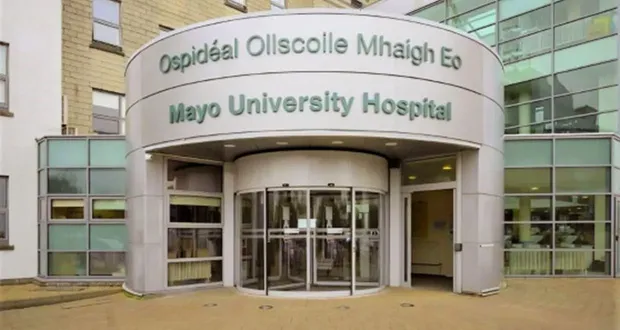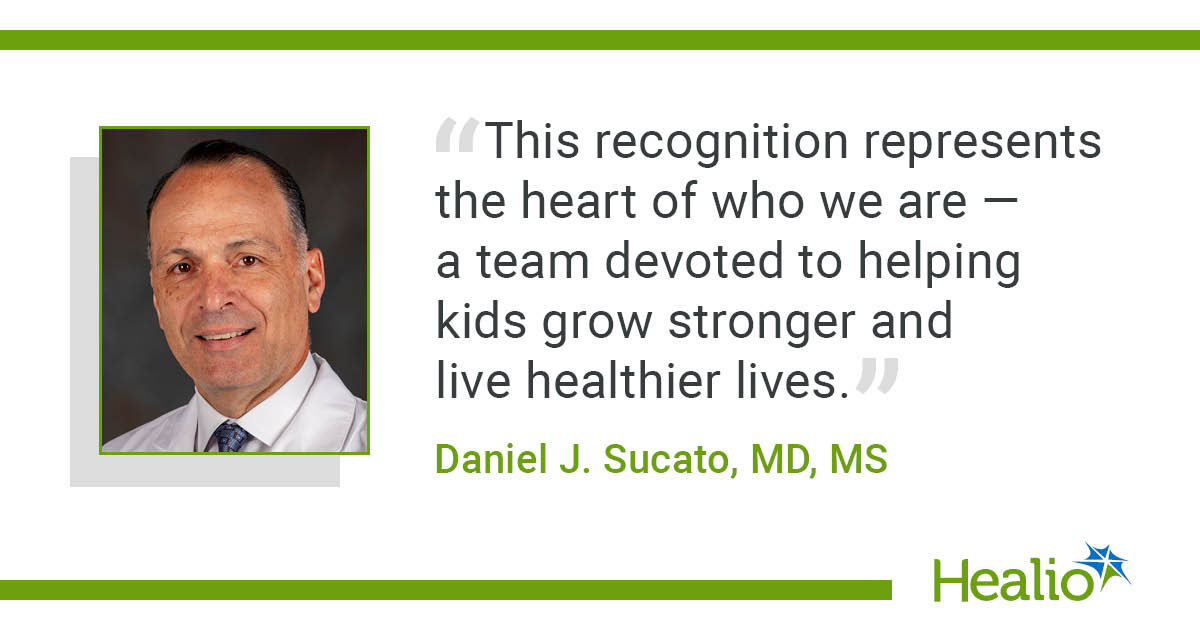The difference between ‘record funding’ and ‘visible change’ will be decided by delivery, writes Terence Cosgrave
The 2026 Budget delivers the largest health allocation in the State’s history and ties that money to a more ‘performance‑led’ approach to how services are delivered. The Government has set total health funding for next year at €27.4 billion and say the money will be used to expand staff numbers, open extra capacity, push more activity into the evenings and weekends, and accelerate digital and community‑based care.
The headline aim is straightforward: faster and fairer access without simply spending more of everything, everywhere. Whether that shifts the dial for patients depends on how quickly promised capacity materialises, and how well reforms bite in a system that has struggled with bottlenecks for years.
Behind the headline figure, the formal vote for the Department of Health shows a net allocation of €26.94 billion for 2026, reflecting the scale of day‑to‑day services that must be maintained before any new commitments are added. That vote table is also a reminder that large parts of the budget are pre‑committed to the HSE, pensions, primary‑care reimbursement schemes and regional hospital groups, leaving a finite pot for new initiatives.

Terence Cosgrave and pup
On the ‘new and different’ side of the ledger, Budget 2026 commits to hiring 3,300 additional whole‑time equivalent staff, with Ministers emphasising a shift to extended hours and five‑out‑of‑seven rostering so that more clinics, theatres and diagnostics run into the evenings and weekends. Alongside productivity drives—such as cutting reliance on agency staffing—the Government frames this as buying not just more inputs but more output per euro.
Capacity additions are deliberately spread across acute hospitals and the community. For hospitals, next year is expected to bring 220 additional acute beds and a capital uplift to €1.56 billion, with funding earmarked for the National Maternity Hospital project at Elm Park and the construction of surgical hubs in north Dublin, Cork, Galway, Limerick, Sligo and Letterkenny.
On the community side, the plan provides 280 community beds, 500 additional Fair Deal (nursing‑home) places and a major increase of 1.7 million home‑support hours—key to reducing delayed discharges and keeping frail patients out of hospital in the first place.
Digital health features prominently. Investment is flagged for the HSE Health App, a national Shared Care Record and the scaling of ‘virtual wards’, allowing patients who would otherwise be in hospital to be monitored and treated at home. If delivered at scale and paired with longer opening hours in diagnostics and theatres, these measures should improve patient flow, shorten length of stay and reduce cancellations.
Primary and community care receive a stated push. The Government plans a ‘performance‑led’ model across the six Health Regions, expansion of GP out‑of‑hours, and an expanded role for pharmacists, including a forthcoming Common Conditions Service.
Medicines funding rises by an additional €217 million within the Primary Care Reimbursement Service, including €30 million set aside for new medicines—important for timely access to advanced treatments in areas like oncology and rare diseases.
Two areas of persistent pressure—mental health and services for older people—are specifically targeted. Mental health services are slated to add 300 WTE staff, establish specialist nursing teams in all Model 4 EDs out‑of‑hours, open 21 CAMHS acute inpatient beds, and stand up three crisis‑resolution teams with ‘crisis cafés’ as alternatives to ED attendance.
For older people, the Budget provides a €215 million increase, including €82 million to fund the extra 1.7 million home‑support hours and a €92 million expansion of Fair Deal, plus ring‑fencing at least 22 per cent of new home‑support hours for people with dementia.
Public‑health signals are more incremental but still relevant: higher tobacco excise from midnight (50 cent is not just an American rapper!) and a new tax on nicotine‑containing e‑liquids are intended to discourage harmful consumption, while funding is directed to immunisation, screening and sexual‑health programmes. Over time, these measures can bend demand curves if sustained, but they will not materially ease hospital crowding in the coming winter.
Will these measures change the current situation? In the near term, some patients should feel tangible improvements. More home‑support hours and extra nursing‑home places ought to reduce delayed discharges and free acute beds more quickly.
Longer opening hours in theatres and diagnostics should mean additional slots for procedures that often get cancelled in daytime peaks. Digital tools—if used—can smooth referrals and discharge planning. Mental‑health crisis teams in EDs and the new crisis pathways should result in more appropriate, faster responses for people in distress.
Access to newly reimbursed medicines will matter profoundly for smaller groups of patients. The step‑up in community capacity, coupled with the pharmacy minor‑ailments service, should also marginally ease GP bottlenecks.
Yet the budget will not, by itself, overcome the system’s structural constraints. Hospital waiting lists remain stubbornly high despite multi‑year action plans and the ongoing use of the National Treatment Purchase Fund, which publishes monthly reports showing hundreds of thousands of people waiting across outpatient, inpatient and day‑case pathways.
The 2025 Waiting List Action Plan carried €420 million in funding, but throughput gains have not fully absorbed demand, and the Budget 2026 documentation does not, on its own, guarantee a step‑change in scheduled‑care capacity.
Emergency department overcrowding is the clearest warning light. The INMO recorded the highest ever January trolley figures this year (nearly 14,000 patients treated without a bed) and large daily totals persisted into the autumn. Adding 220 acute beds will help—but the scale of the gap is much larger and demand spikes with seasonal illness are predictable. Without rapid commissioning and staffing, winter pressures will again spill into corridors.
The broader capacity arithmetic explains why. An ESRI capacity review this year projected that public acute hospitals will need to increase inpatient bed numbers by at least 40 per cent by 2040 simply to keep pace with population growth and ageing. Government’s own 2024–2031 Bed Capacity Expansion Plan targets 4,367 additional acute beds by 2031. Against those benchmarks, 220 new beds in 2026 is progress but not transformation—and building, equipping and staffing beds takes time.
Primary care remains an Achilles’ heel. Ireland is an outlier in Europe in that GP visits are not universally covered for the whole population, and even as eligibility for free GP care has widened in recent years, many practices are full, and the GP workforce is ageing. Budget 2026 speaks to out‑of‑hours expansion and to pharmacists taking a bigger role, but it stops short of a multi‑year plan to deliver universal GP access with the workforce and premises to match—which is the reform that would take the heaviest load off hospitals.
There is also the human-resource reality behind every headline: recruitment and retention. Extending operating hours will only add activity if the teams—nurses, theatre staff, radiographers, porters, admin—are in place and retained. The Government’s emphasis on reducing agency dependence is well‑aimed, but the service will need concrete local staffing plans, training pipelines and credible rostering to make evenings‑and‑weekends working sustainable rather than just an aspiration, which is what it looks like currently.
Finally, reform requires follow‑through beyond cash. The Department of Health’s Sláintecare pathway for 2025 and beyond emphasises prevention, digitalisation, and shifting care to the community. Budget 2026 aligns with that direction, but the gains will come from execution—health‑region leadership, interoperable IT, and rigorous measurement of output and outcomes so that resources move to what works.
What should have been done (in brief)
A Budget seeking to change the trajectory would have coupled this welcome funding with a clearer multi‑year implementation package against a few mission‑critical targets. First, set and fund binding annual milestones for bed delivery (acute, community and step‑down) that line up with the 4,367‑bed plan through 2031, with monthly public reporting by region.
Second, lock in a three‑year scheduled‑care plan that protects elective capacity from winter surges—fully staffing the surgical hubs, running them six or seven days a week, and ring‑fencing waiting‑list funding until specific national targets are met.
Third, publish a workforce plan that expands GP, nursing and allied‑health training places, invests in retention (so extended hours are attractive rather than punitive), and reduces reliance on agency staff by redesigning rosters.
Fourth, commit to a phased, costed pathway to universal GP access with parallel investment in community diagnostics—because without strengthened primary care, hospitals will continue to absorb avoidable demand.
Finally, put digital to work quickly: a single shared care record, real‑time theatre and bed dashboards, and region‑level accountability for output per euro. These steps, alongside the mental‑health and older‑person measures already funded, would give Budget 2026 a better chance of being felt by patients in waiting rooms, not just read in spreadsheets.
Budget 2026 is big, more conditional and more reform‑tinged than recent packages. It will bring real improvements in places—extra staff, more step‑down capacity, longer hours, better crisis responses, new medicines and the first steps of meaningful digital integration.
But given the scale of Ireland’s capacity deficit and the pressure at the front door of the system, it will not, on its own, end long waits or crowded emergency departments next year.
The difference between ‘record funding’ and ‘visible change’ will be decided by delivery—how fast beds and staff arrive, how fully evenings and weekends are used, and how single‑mindedly the system moves activity from hospital corridors into community clinics, people’s homes and virtual wards. ![]()








